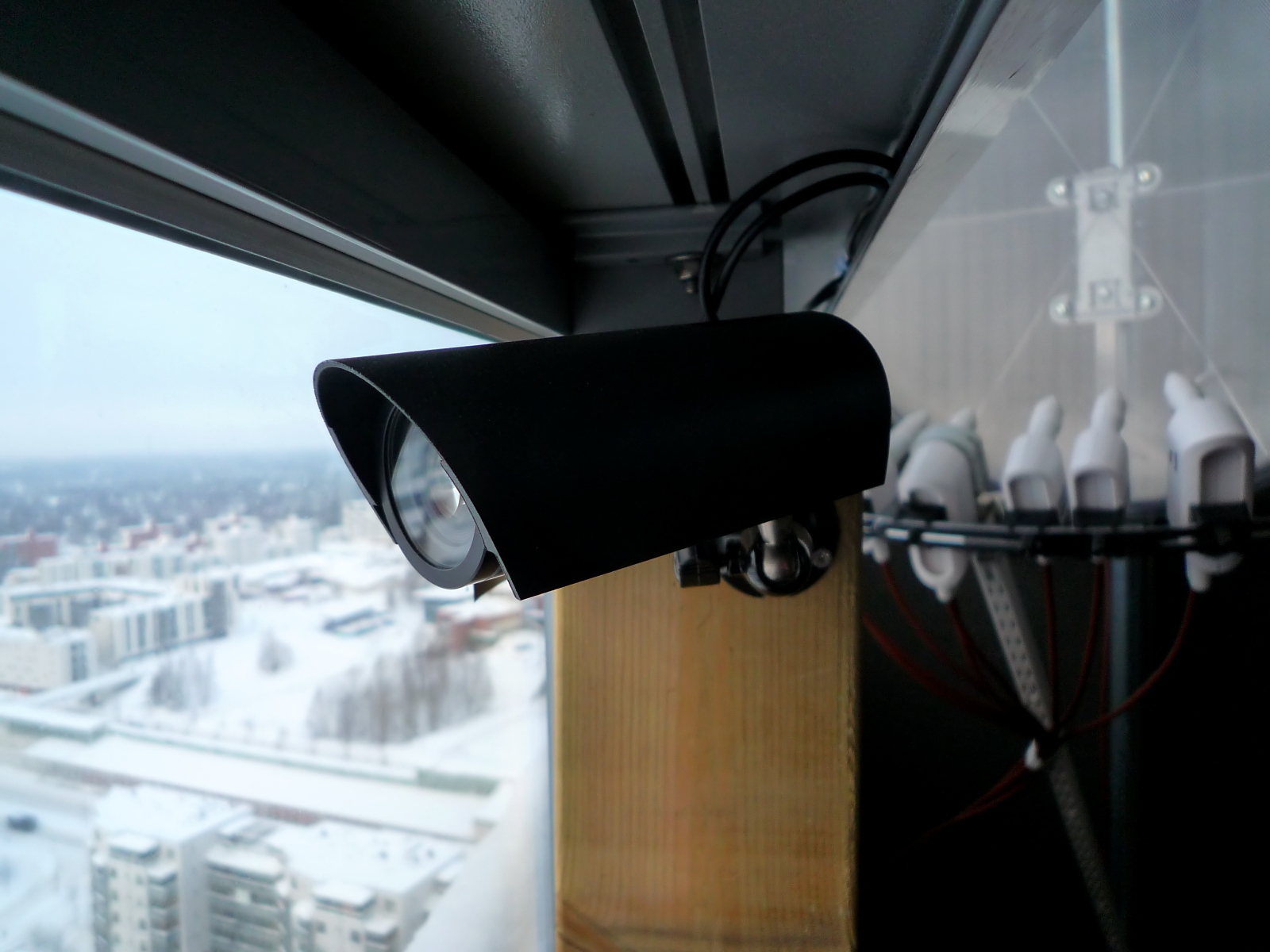Creative Commons - Flickr user Timo Newton
As little as 2 years ago, video conferencing was reserved for the most technically savvy amongst us. with the introduction of Apple's Facetime and Google Hangouts, millions have started enjoying it for work and pleasure. Videoconferencing is easy but that doesn't mean everyone is doing it right. Here are tips to help you video conference like a champ.
- Good Lighting - Just life traditional photography, lighting is one of the most important factors to consider. If you have too little light, your webcam will digitally boost the ISO making the image look ugly and grainy. If you have the wrong kind of light, you will look overly pink or blue. You don't have to spend a lot of money to get good lighting. You should be able to pickup a handful of LED lights that you can place around you to create a soft and well balanced light. Try to avoid harsh spot lighting and direct sunlight. Also make sure you don't have any bright light behind you as that may trick the camera and underexpose you.
- Good Camera - The better the camera the better the experience. Look for a camera that offers full HD support and reliable focusing. My favorite brand is Logitech so anything there should work just fine.
- Good Microphone - 90% of all home and business videoconferencing users never even think about adding a good quality microphone to the mix but it makes a difference. The higher end webcams have decent microphones but anything that is built into a smartphone or laptop should be considered sub-par. If possible, add an external microphone that is closer to your speak organ (aka your mouth ). A good setup is to use a headset for sound when videoconferencing.
- Frame the shot - I recommend starting the video chat software ahead of time and determine what is showing. If your face properly framed? Are there distracting objects showing in the scene (background, overhead, etc?) It's a good opportunity to make sure your lighting is good and that your video camera is configured optimally. Assume you may need to move when the video-conference is live and dress appropriately (aka don't wear Bermuda shorts when on a business video-conference)
- My eyes are up here - The biggest mistake people make is looking in the wrong place. If you are watching your participants on your screen, you are not looking at them in their eyes. If possible, stare at the webcam.
- Good networking - Spend the money and buy a reliably good router. I recommend the Asus branded WIFI routers. A bad router could cause huge videoconferencing issues.
- Use Quality of Service - You should enable the QOS feature on your router to prioritize your videoconferencing traffic.
- Mute - Make sure you have a way to quickly mute sound. It's good to mute when you not talking or quickly mute if you have to cough.
